CREATIVE
Q: Tell us a little about yourself. Who are you and what do you do?
A: I am an artist, an illustrator, designer, art director, part of a breed that was classically trained and also on some extinction list it seems. My studio began in 1990 (OMG is right) yet, I have remained current with my work due to endless curiosity and never being satisfied with my work. Internationally, I am known for my posters, nationally in Canada, known for my coin and stamp designs and locally for the theatre I design for.
Q: What art technique do you use, and what motivated you to use that technique?
A: I have done just about every technique possible, from oils to digital abstract-fractals and have continually been updating myself with all Adobe software. All my work begins with thinking, then drawing and then bouncing back/forth between those two points of reference. Whatever medium I use needs to migrate to a digital format, but I generally want to have the impression it was crafted by hand.
Q: When did you decide you wanted to be an artist? And has the internet become a good or bad aspect to life as an artist?
A: I always drew since I was 4 or 5 years old. I think it was when I about 14 that upon learning about the intensity of becoming a Commercial Airline Pilot, that art became a more interesting option. The internet has been honestly, a great part of me being an artist. I wanted to frankly mail Adobe a Christmas card one year for inventing Acrobat.
Q: What do you dislike about the world of art?
A: The “art world” is a vast notion. I told somebody today that design would be wonderful, if you didn’t have to work for clients. I dislike the part of the art world that has created some art and artists and turned them into commodities. And most of that art is frankly garbage. Why and how it sells is beyond my imagination.
Q: What is the toughest thing about being an artist?
A: Toughest thing is keeping your drive, your thirst, your energy to learn and grow, that is the toughest thing for me being an artist. Thankfully, I do a lot of international travel and meet very good artists and creative people which feeds my own work. But, there are some mornings it is difficult to face making work.
Q: What’s your message to the World?
A: Yesterday, I spoke at my old art school and said to the students that they must never be satisfied with their work, ever. That they must leave where they grew up and go and see the world so that it will change their set of values and perspectives. Seeing is different than looking, always take in everything that surrounds you, observe and be critical of what you see and of those experiences.
INFRINGEMENT
Q: What was your first case of a piece of art being infringed upon?
A: I designed a national symbol in Canada, in 2000 – Canada Book Day. It was an iconic image, of a Canada Goose which wings were pages of a book. A writers festival in Vancouver literally scanned the wings, flipped them and made an umbrella image, just after my logo/brand was published. It was so obvious. A couple of years later, Abebooks stole the idea completely.
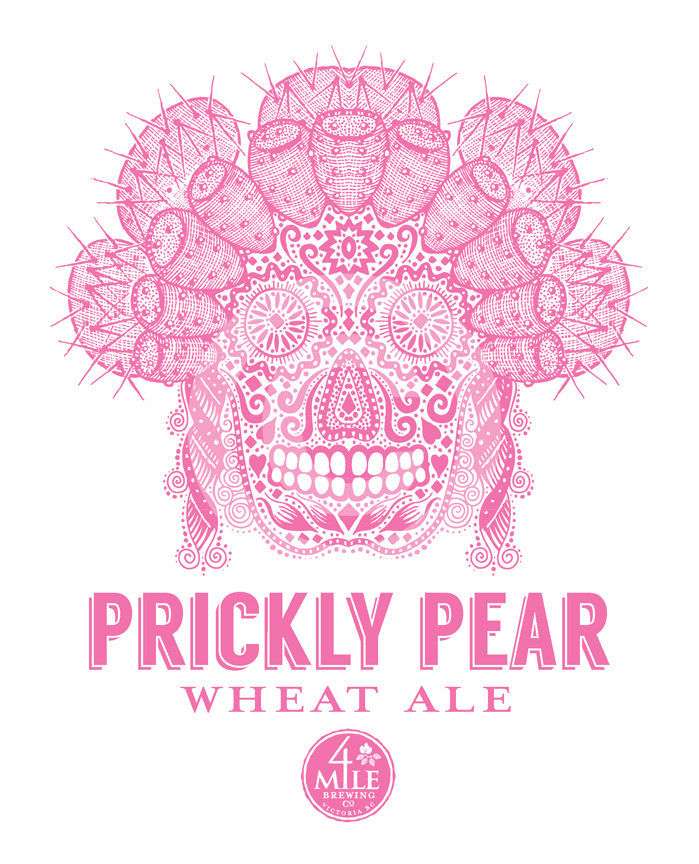
copyright © Andrew Lewis
Q: How did you feel about someone stealing your artwork and making money from your hard work?
A: Well, I was furious that someone would steal my idea but that they were that incredibly lazy to not develop an original idea. I fought and won that first war and actually got an apology letter from the designer that used my idea and content.
Q: Do you feel it’s a necessary part of the market, to allow for free advertising?
A: I don’t completely understand this question within this context. Free advertising… I have had some opportunities open up when I have provided or given my work for free for a good cause. But nothing for free that is worth anything so I was told growing up.
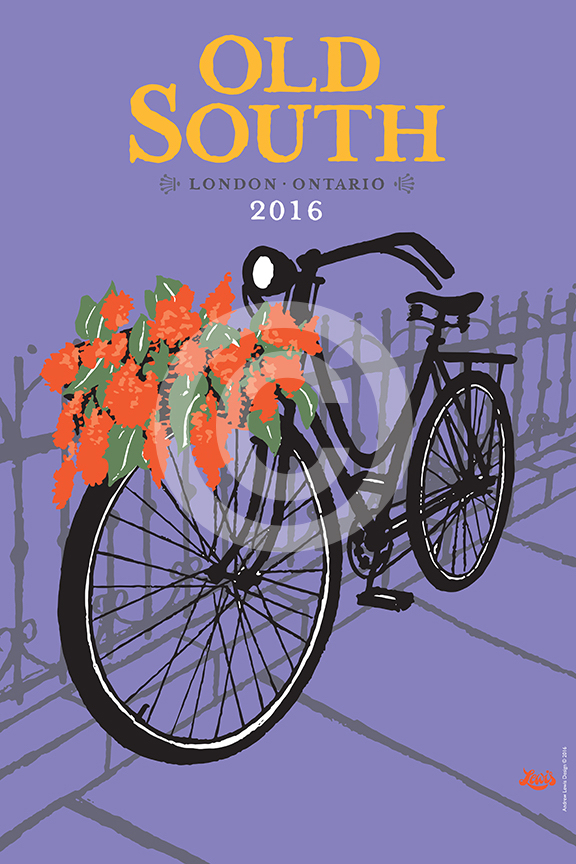
copyright © Andrew Lewis
Q: What would you say to the infringers if you had the chance?
A: To infringers I would say please don’t do it. Those people probably aren’t intelligent enough to be reading this interview I bet but it seems people, some people, are so lazy and unkind not to consider the consequences of the actions now. It is the cut + paste generation, they do it 1000 times a day, so it is natural to do it with whatever they see online. Schools need to educate kids starting in 1st grade that this is wrong.
Q: How do you think this situation could be resolved?
A: This can be solved by education starting day one and to have actual ramifications for anyone that takes ideas, visuals or work from another person. It is called theft.
Q: Have you ever been approached about infringement you have caused, or sent an email?
A: I stole an idea when I was in grade 10, high school. At the time, I didn’t realize the gravity of my actions but learnt the hard way (which was a good lesson) and never did it since. I am being honest about it now.
COPYRIGHT
Q: What is your view on copyright?
A: Copyright is the number one issue we should all be talking about and educating the public knowledge base so that we are all on the same page. All, not some, all of my clients don’t have a clue about at the end of the day, whom owns the artwork I have created and what they or I can do with the work. There needs to be a simple, educational system in place for people to quickly reference. Again, education starting early.
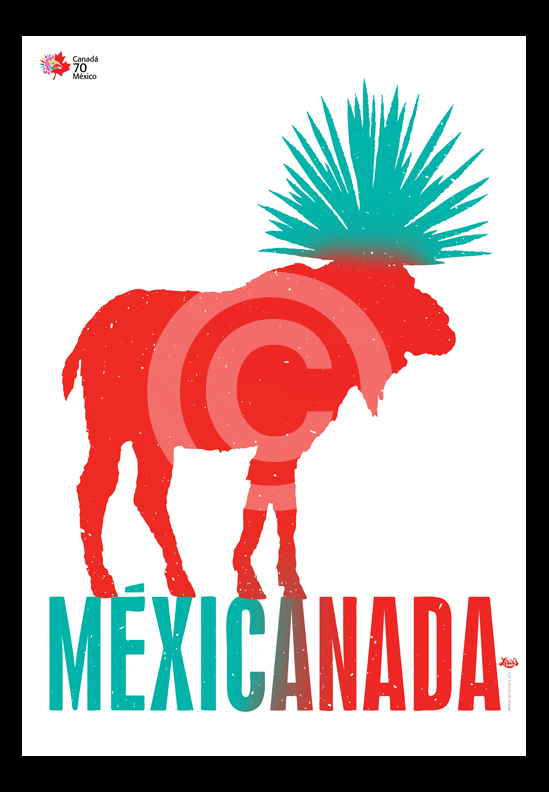
copyright © Andrew Lewis
Q: Have you ever innocently, or without knowledge of copyrighted laws used other’s material for your own work?
A: Artists like Picasso, Degas referenced previous artists like Titian or Caravaggio with their own work. That is how far I have gone really, in my own work. I have respectively and perhaps cheekily, referenced some other artists work but never infringed on copyright for my own work.
Q: How do you protect your own work against copyright theft?
A: Protecting my own work. Well, if I have seen someone take my work or conceptual ideas, I go after them like a Pitbull. I have some very serious letters that a lawyer drafted up for me, but first I present my knowledge of the infringement and state point blank to cease and desist immediately and pull the work. If that doesn’t work, I unleash these letters (they even scare me). Then, if that doesn’t work, I pay my lawyer to send them an email or contact them directly. I never want to go beyond that because then you are talking about BIG legal bills.
Q: Do you think companies on the web do enough to protect artist’s work?
A: I don’t think anyone does enough to protect artist’s work, other than the artists themselves these days to be honest with you. Companies are too busy it seems, being companies to worry about artists. Sure, they may be a few, but overall I don’t think so.
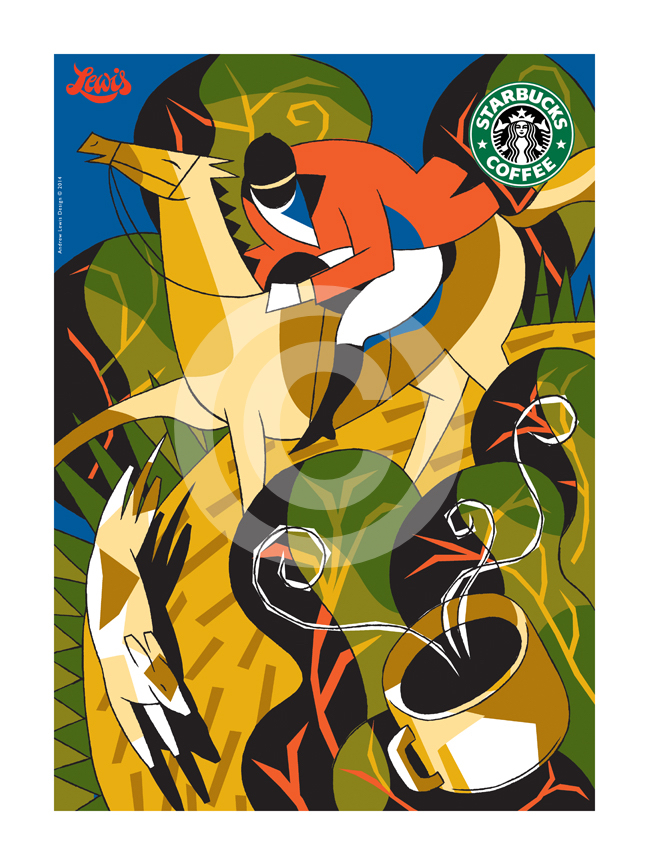
copyright © Andrew Lewis
Q: What do you think about Creative Commons and Public Domain?
A: That answer could fill a book. I would like to know who actually decided on the length of time when work created became public domain? And why weren’t we involved, those who are making work today, that in their lifetime might loose control of the rights to the work they have created? Mind boggling isn’t it?
Q: What do you think of artists that abuse this feature?
A: Well, there are a lot of lazy people these days, and lazy artists. Cut and paste, a fast track to making art. I would say to those, try and be original. Yes, Andy Warhol used images created by others, but he was (in my mind) aware that he was elevating the source image, but was part of a cultural revolution in art and part of a period of time that was effecting many other to rethink how they made their own work. He saw a much, much bigger picture, when he made the work he made.
Q: Additional thoughts?
A: Today, it is mostly about creating images that will resonate online in Instagram of whatever. Images that just look amazing, but have very little or have thin intellectual content or lasting power. Originality lasts. It is such a simple idea, yet few now practice this in their work. It is very hard I know, and exhausting to actually do but it is something we must promote amongst ourselves and also educate our young, from day one.
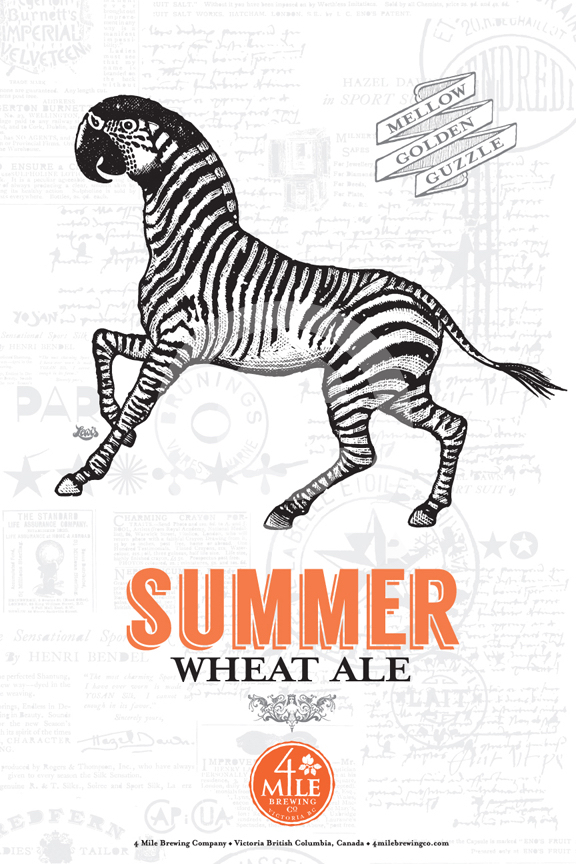
copyright © Andrew Lewis
Andrew Lewis










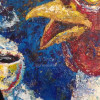
Thanks for the amazing article, Andrew! Educating people about copyright and artists’ rights is an important step in fighting (and hopefully, preventing) image theft.
Sorry to hear some of your works were stolen as well. We, at Pixsy (https://www.pixsy.com/), are trying to help as many photographers as possible fight image theft. We helped a number of designers as well, so if you’d like to give us a try, please let me know and I’d be happy to walk you through the process.
Thanks for spreading the word and showing the artists it’s OK to stand up for themselves.